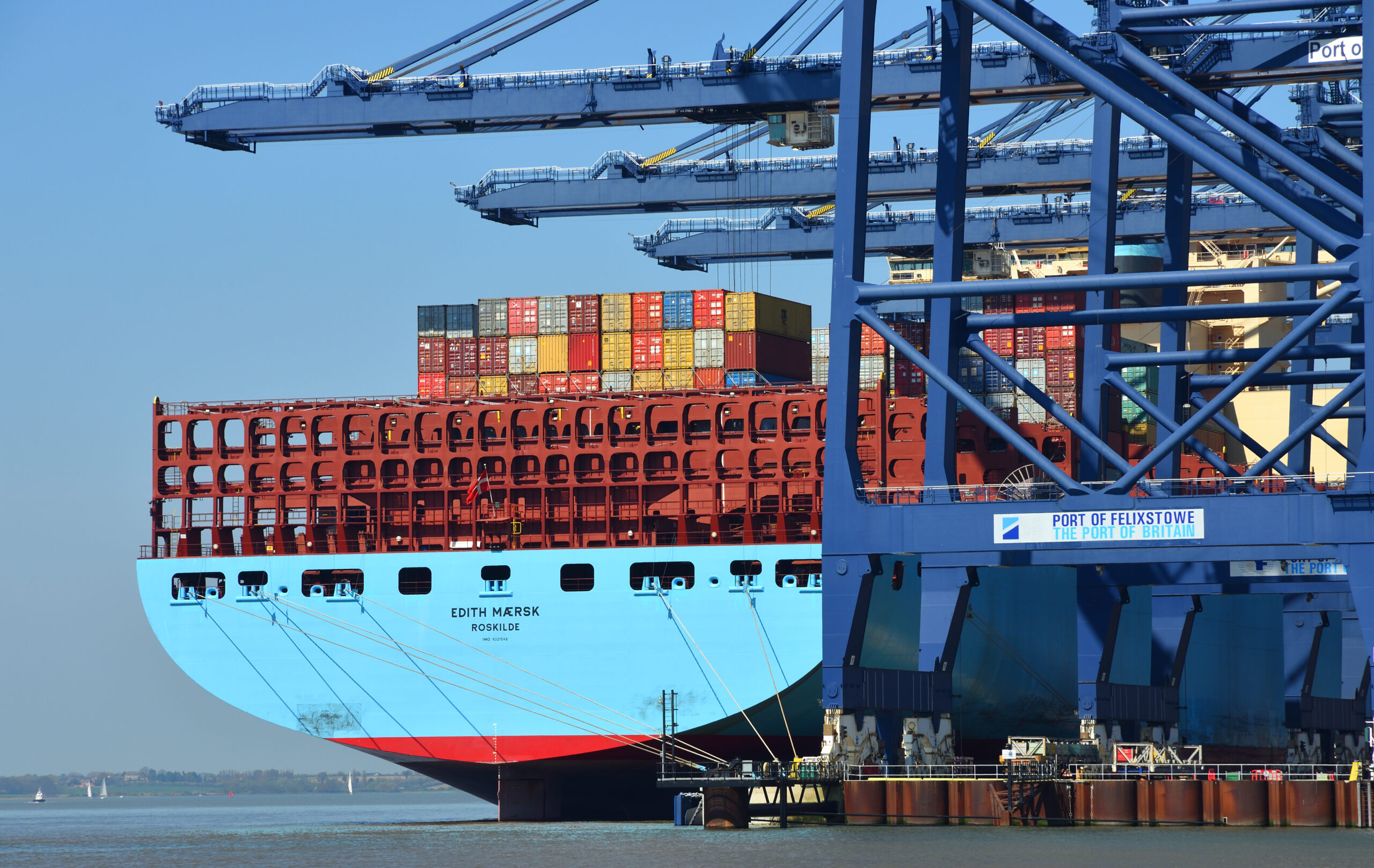Construction is underway on Oman’s Marsa LNG project, a joint venture between TotalEnergies and OQ Exploration and Production, which will establish the first LNG bunkering hub in the Middle East. Powered completely by solar energy, the project signifies the growing regional commitment to the production of alternative marine fuels.
Marsa LNG is situated at the entrance to the Gulf in Sohar, Oman, and is designed for complete electrification and powered entirely by solar energy. The facility aims to establish a benchmark in low-carbon LNG production. The plant is projected to achieve a greenhouse gas (GHG) intensity of less than 3 kg CO2e/boe, which is over 90% lower than the global average of 35 kg CO2e/boe for LNG plants, making it one of the most carbon-efficient facilities in the world.
The integration of upstream gas extraction, renewable energy, and downstream liquefaction presents a model that can be replicated throughout the global bunkering network as demand to reduce lifecycle emissions in maritime fuel supply chains intensifies.
The International Maritime Organization’s (IMO) recently agreed global fuel standard regulations are based on a well-to-wake greenhouse gas fuel intensity (GFI) measurement, which includes the upstream emissions of fuel production and transportation in its calculations. The LNG produced using renewable energy at the Sohar facility will therefore have a competitive advantage under the IMO’s Net-Zero Framework, approved at MEPC83.
Central to the project is a liquefaction facility at Sohar Port with a capacity of 1 million tonnes per annum (MTPA), which is set to begin operations in early 2028. While most of the output is designated for regional marine fuel markets, any surplus LNG will be distributed allocated TotalEnergies and OQ in an 80:20 ratio.
To facilitate LNG bunkering services, the joint venture will deploy a dedicated vessel, Monte Shams, to support LNG-fuelled operations across a wide range of ship types, including container ships, tankers, and cruise vessels.
As a marine fuel, LNG offers up to 23% lower GHG emissions compared to conventional fuels, with an 85% reduction in nitrogen oxides, and near-total elimination of sulphur and particulate matter. LNG remains an important bridging fuel in the maritime energy transition, especially when produced within an infrastructure designed to minimise upstream and liquefaction emissions, which a key objective of the Marsa LNG project.
Feedstock for the facility will be sourced from the Mabrouk North-East gas field in Block 10, where Marsa holds a 33.19% stake. Production began in January 2023 and reached plateau output by April 2024. The final investment decision also secured Block 10 gas rights through to 2050, which ensures long-term LNG availability.
A 300-megawatt-peak photovoltaic solar plant will supply power for all liquefaction operations. The integration of renewable energy with LNG production underpins Marsa LNG’s ambition to provide a blueprint for next-generation bunkering solutions. The project also supports Oman’s Vision 2040, which promotes economic diversification and environmental stewardship.
Patrick Pouyanné, Chairman and CEO of TotalEnergies, commented: ‘We are especially pleased to deploy the two pillars of our transition strategy, LNG and renewables, and thus support the Sultanate on a new scale in the sustainable development of its energy resources. […] By paving the way for the next generation of very low emission LNG plants, Marsa LNG is contributing to making gas a long-term transition energy.’



